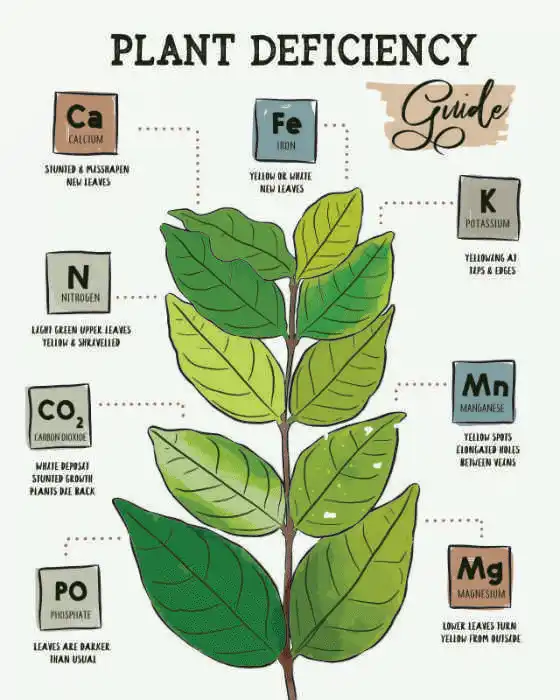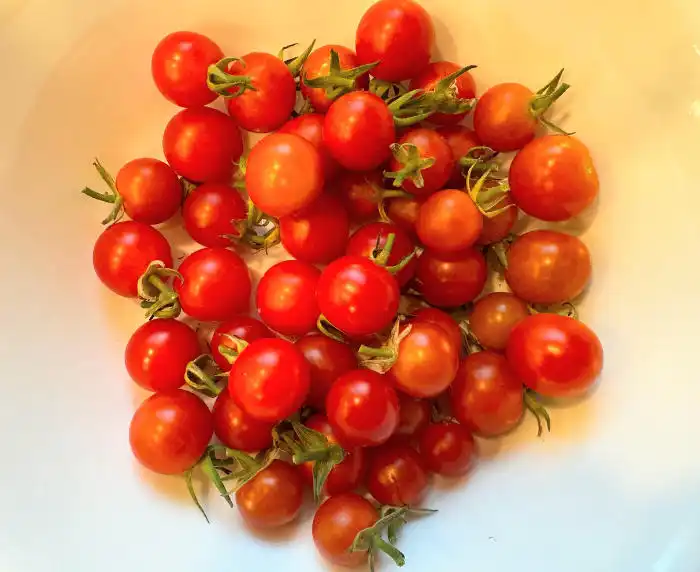So, your beautiful tomato plant looks healthy and has flowers, but its not producing fruit? Unfortunately it happens, but why?
This post may contain affiliate links. Please see my disclosure policies. If you purchase after clicking an affiliate link we may receive small commission at no cost to you. As an Amazon Associate I earn from qualifying purchases.
No Fruit on Tomato Plants
As you’re eagerly awaiting those juicy red fruits to appear, you may wonder why is there no fruit on my tomato plant? There are a few reasons your tomato plant is not producing fruit. These include issues surrounding:
Too Hot/ Too Cold
If daytime temperatures soar above 85°F (29°C) and nighttime temps stay above 70°F (21°C), your tomato plants might drop their flowers. This is because extreme heat can affect pollen viability and the flower’s ability to set fruit. Once it gets too hot, flowers will not produce fruit
If nighttime temperatures drop below 55°F (13°C), it can also prevent fruit set. The pollen doesn’t work well in cooler temperatures, so the flowers might not get pollinated properly.
Watering
Tomatoes are kind of finicky. When it comes to watering they like consistency. Inconsistent watering can cause stress to the plant and lead to poor fruit set. Overwatering or Underwatering can cause flowers to drop. Tomatoes like evenly moist soil but not waterlogged conditions.
Water consistently and deeply. Mulching around your plants can help retain soil moisture and keep the roots happy.
Plant Stress
Tomatoes can be divas. Any kind of stress can cause them to drop their flowers. This includes things like:
- Transplant Shock: Moving plants can be traumatic. If you recently transplanted your tomatoes, they might need some time to recover.
- Pests and Diseases: Pests like aphids and diseases like blight can stress your plants and affect their ability to produce fruit.
Keep an eye on your plants for signs of pests or disease and treat them promptly. Make sure they have a comfortable, stress-free environment to grow in.
Nutrients
Your soil is an important component of growing tomatoes. Tomato plants need a good balance of nutrients to set fruit properly. Too much of one thing and not enough of another can throw things off.
- Too Much Nitrogen: Nitrogen is great for leafy growth, but too much can result in lots of leaves and not many flowers or fruits.
- Lack of Phosphorus: Phosphorus is essential for flowering and fruiting. If your soil is deficient, your plant might struggle to produce fruit.
Use a balanced fertilizer or one that’s higher in phosphorus. Look for fertilizers labeled 5-10-5 or 10-20-10 (N-P-K ratios).
Pollination
Tomato plants usually rely on wind and bees to move pollen from one flower to another. If this isn’t happening, your flowers won’t get pollinated, and no pollination means no fruit.
- Lack of Pollinators: If there aren’t many bees around, your flowers might not get the attention they need. You may need to plant additional flowers to attract pollinators.
- Indoor Growing: If you’re growing tomatoes indoors or in a greenhouse, natural pollinators might not be able to access your plants.
You can give nature a hand by gently shaking your plants to mimic the wind or using a small brush to transfer pollen from one flower to another.
Possible Solutions for Tomato Plants not Fruiting
Getting your tomato flowers to set fruit can sometimes feel like a balancing act, but with a little attention to detail, you can usually figure out what’s going on and fix it. Remember:
- Keep an eye on the temperature and provide shade or protection as needed.
- Encourage pollination with a little shake or a brush if necessary.
- Make sure your plants are getting the right nutrients, especially phosphorus.
- Water consistently and deeply.
- Watch for any signs of stress, pests, or diseases and take action if needed.



